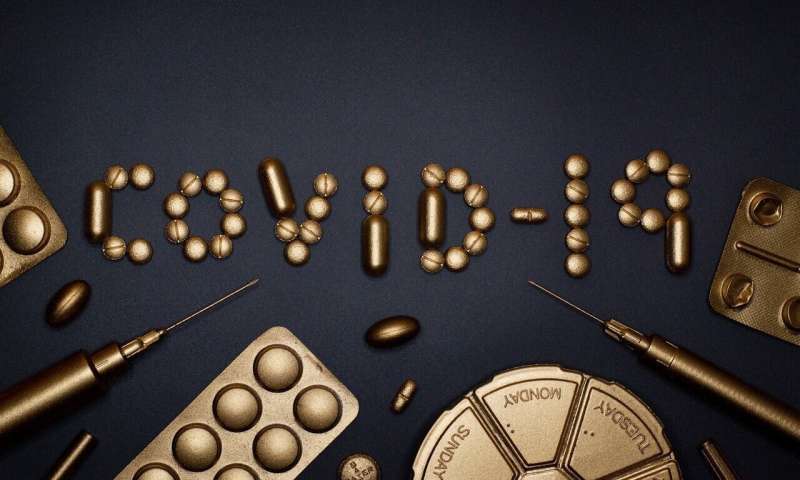
Cleveland Clinic researchers have developed the world’s first risk prediction model for healthcare providers to forecast an individual patient’s likelihood of testing positive for COVID-19 as well as their outcomes from the disease.
According a new study published in Chest, the risk prediction model (called a nomogram) shows the relevance of age, race, gender, socioeconomic status, vaccination history and current medications in COVID-19 risk. The risk calculator is a new tool for healthcare providers to aid them in predicting patient risk and tailoring decision-making about care. It provides a more scientific approach to testing which is important for the healthcare community which has faced increased demand for testing and limited resources.
“The ability to accurately predict whether or not a patient is likely to test positive for COVID-19, as well as potential outcomes including disease severity and hospitalization, will be paramount in effectively managing our resources and triaging care,” said Lara Jehi, M.D., Cleveland Clinic’s Chief Research Information Officer and corresponding author on the study. “As we continue to battle this pandemic and prepare for a potential second wave, understanding a person’s risk is the first step in potential care and treatment planning.”
The nomogram, which has been deployed as a freely available online risk calculator at riskcalc.org/COVID19/ , was developed using data from nearly 12,000 patients enrolled in Cleveland Clinic’s COVID-19 Registry, which includes all individuals tested at Cleveland Clinic for the disease, not just those that test positive.
Data scientists, including co-author on the study Michael Kattan, Ph.D., Chair of Lerner Research Institute’s Department of Quantitative Health Sciences, used statistical algorithms to transform data from registry patients’ electronic medical records into the first-of-its-kind nomogram.
This study revealed several novel insights into disease risk, including:
- Patients who have received the pneumococcal polysaccharide vaccine (PPSV23) and flu vaccine are less likely to test positive for COVID-19 than those who have not received the vaccinations.
- Patients actively taking melatonin (over-the-counter sleep aid), carvedilol (high blood pressure and heart failure treatment) or paroxetine (anti-depressant) are less likely to test positive than patients not taking the drugs.
- Patients of low socioeconomic status (as measured in this study by zip code) are more likely to test positive than patients of greater economic means.
- Patients of Asian descent are less likely than Caucasian patients to test positive.
“Our findings corroborated several risk factors already reported in existing literature—including that being male and of advancing age both increase the likelihood of testing positive for COVID-19—but we also put forth some new associations,” said Dr. Jehi. “Further validation and research are needed into these initial insights but these correlations are extremely intriguing.”
In a previous network medicine study led by Lerner Research Institute scientists, 16 drugs (including melatonin, carvedilol and paroxetine) and three drug combinations were identified as candidates for repurposing as potential COVID-19 treatments. While these findings suggest an association between taking these medications and reduced risk of testing positive for COVID-19, additional studies are needed to assess how these drugs may affect disease progression.
“The data suggest some interesting correlations but do not confer cause and effect,” said Kattan. “For example, our data do not prove that melatonin reduces your risk of testing positive for COVID-19. There may be something else about patients who take melatonin that is indeed responsible for their apparent reduced risk, and we don’t know what that is. Consumers should not change anything about their behavior based on our findings.”
The nomogram, developed using data from patients tested at Cleveland Clinic for COVID-19 before April 2, 2020, showed good performance and reliability when used in a different geographic region (Florida) and over time (patients tested after April 2, 2020). This suggests that the patterns and predictors identified in the model are consistent across regions and communities and can be potentially adopted for clinical practice in healthcare systems across the country.
Source: Read Full Article
